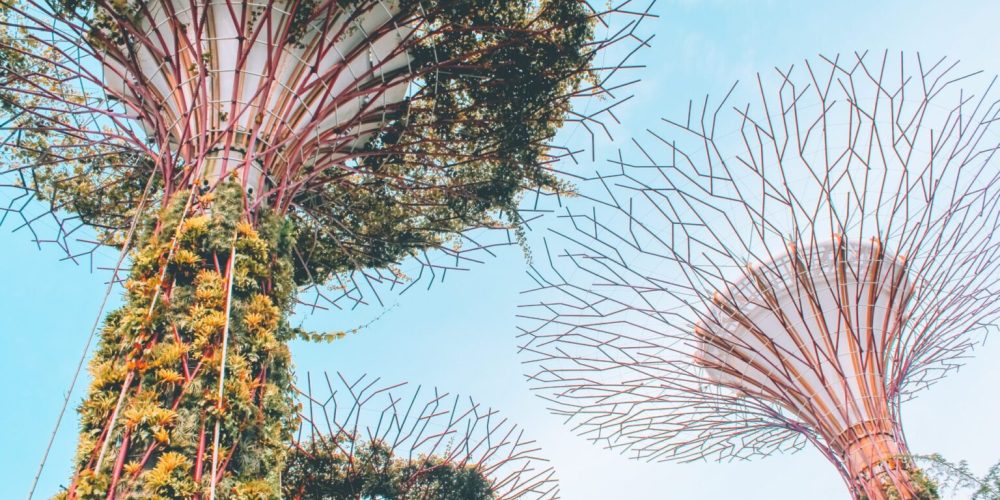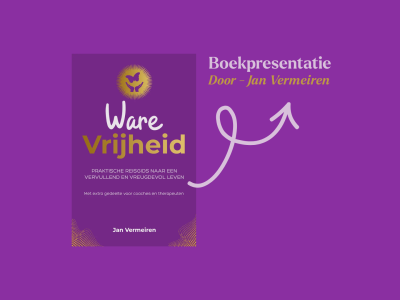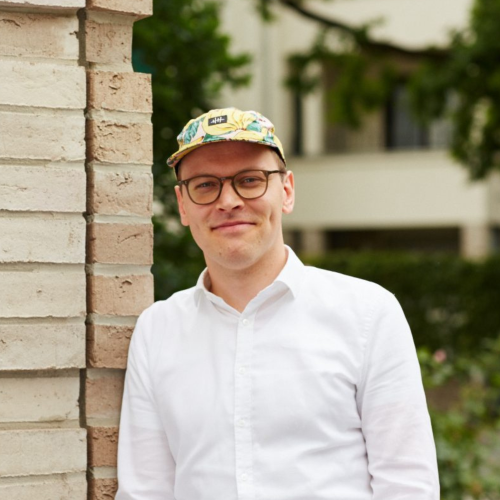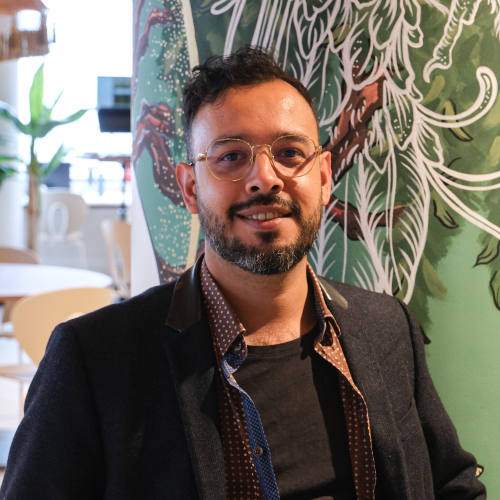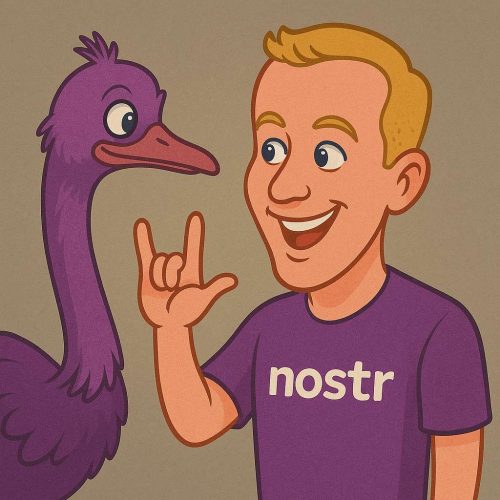Written by Victor Evink
Science fiction appears to be a driving force behind the development of new technology as well as our worldview. But will it be a dystopia or utopia? Or is there an alternative?
A while ago, I described the Seats2meet location where I work -in Utrecht- as a time capsule from the future, a kind of science fiction. What I meant by this has everything to do with the ‘worldbuilding’ research I do for design studio Liminal Vision. And with gardening and building robots.
From fiction to innovation
Compared to the attention paid to the visionary outlook of entrepreneurs, scientific breakthroughs or technological feats, science fiction was, until recently, a bit the poor relation in the world of innovation. New developments were indeed compared to science fiction every so often, but mainly to indicate the difference: no longer fantasy, but tangible reality. The fact that science fiction itself, a genre from which the nerdy stigma is still not completely removed, in many cases proves to be a driver of innovation, has become increasingly apparent in the past decade. Not only are technologically advanced fantasy worlds a source of inspiration for a future generation of scientists and techies, mainstream science fiction has contributed more than once to societal interest in a particular technology that made further development financially possible. For this reason, large companies and governments, From Nike to the US military, has regularly engaged science-fiction authors over the past decade to have a picture painted of their (obviously unabated) role in a possible future.
The power of fiction to be able to zoom out from a specific technology to the total world it is part of (culturally, politically, ecologically, etc.) is where worldbuilding begins. Worldbuilding is the shaping of a world that does not (yet) exist as a whole, usually as a background setting for a story or video game, like Middle Earth for ‘The Lord of the Rings’, for example. The reverse is also possible: that a story gives an insight into the world as a whole. That way, we can suddenly imagine a society with a totally different politics or economy a lot better. Let's take a closer look at that.
Dystopia and utopia
The best-known examples are spectres of totalitarian regimes with as in ‘1984’ or ‘Brave New World’, or the greedy, unscrupulous mega-corporations of the cyberpunk genre (think Bladerunner). These worlds were meant to be social critiques, a mirror or caricature of certain developments that, if we don't intervene in time, will eventually culminate in a world no one wants to live in, a dystopia.
Utopian stories, which show a better world, are also there, although they are often less profound. The best example is Star Trek. The underlying message of world peace, which was unthinkable in the midst of the Cold War, is often snowed under by the spectacular space travel and flashy gadgets. Even less well known, for example, are the works of Ursula Le Guinn, who used science fiction to bring equivalent, anarchic forms of society to life on paper.
That utopia has never had the same impact as dystopia is understandable. Grand ideals or boundless faith in technology, coupled with economic and military power, have quite often led to misdeeds. At the same time, it is unfortunate, especially since dystopian depictions of total surveillance (Big Brother is watching you) or large-scale environmental destruction have failed to prevent them from becoming reality over time. We have become accustomed to, or even indifferent to, the idea of a future that can only get worse and will sooner or later culminate in an all-destroying apocalypse. As a society, we therefore find it hard to imagine the future and prefer not to think more than a few months ahead. Or, on the contrary, we pretend that everything will always stay the same.
A better future
Hopeful fiction can help to get a better idea of the kind of future we do want, and what the pitfalls might be. Fortunately, utopia has been making a small comeback since the past decade, in the shadow of dystopian or nostalgic, retro-futuristic blockbusters. But this advance comes in two flavours. On the one hand, there is bottom-up idealism, represented by the Solarpunk movement of amateur writers, concept artists and activists who have created a new subgenre of science fiction via the internet. Solarpunk, like Le Guinn's books, is about social justice but, above all, ecological restoration that can begin in the here and now. Instead of imagining a utopian society on a distant planet, Solarpunk is about the offering hope and solutions for the here and now, to offer a glimpse into a hopeful world that can emerge in the midst of the current ecological and political crisis.
On the other hand, there is the resurgence of the need for grand technological vistas, particularly sparked by science-fiction writer and successful innovation consultant Neal Stephenson. In the 1990s, Stephenson introduced the term ’metaverse‘ in the book ‘Snow Crash’, in which he actually satirises the dystopian social criticism of the cyberpunk genre. Since the 2010s Stephenson speaks out openly against dystopian science fiction. But where solarpunk seeks the solution in social innovation and small-scale, do-it-yourself technology, Stephenson finds that, due to years of habituation to dystopian spectres in pop culture, we as a civilisation have become far too technophobic and unable to embrace large-scale mega-projects. In the way that classic science fiction inspired travel to the moon in the last century, the present age, especially in the field of climate change, requires a large-scale approach, according to Stephenson. In his latest book ‘Termination Shock‘, an eccentric billionaire takes matters into his own hands and decides to fight climate change by injecting sulphur aerosols: a controversial method of geoengineering. For Stephenson, however, this is not a dystopia but possibly an inescapable emergency solution, as politics and society are unable to provide a substantial alternative.
Ambi-topia
In a sense, you could call ‘Termination Shock’ an ‘ambi-topia’: a framing of the future that raises new questions and cannot be captured in the dichotomy between utopia and dystopia. It is a term I myself use for my worldbuilding work in which I -together with my project-partner designer and filmmaker Emilia Tapprest- examine different visions of the future. On the one hand, the societies we show are sustainable, inclusive and post-materialist, on the other, they are driven by radically different ideas of what a good life or a good society should look like. A kind of politics of the near future.
So represent a fully automated environment where gamers can play freely in virtual worlds, while their data is used to teach an AI, owned by a large tech company, to make creative decisions. In another society, AI guards social peace by coaching people to get in touch with themselves and others and match them with new contacts in order to regroup social networks and achieve some kind of optimal integration. A third option we show is a dispersed network of small communities with their own independent technology network, in which cooperation and coexistence is organised communally through dance and movement, aimed at processing individual and collective forms of trauma.
Future plants
In the process of worldbuilding, we have increasingly come to realise that things we project into the future are already here now. Instead of wanting to build everything yourself, the future is a process of slowly and carefully growing the future you would like to see yourself. Monika Bielskyte, of the politically engaged science fiction and consulting platform Protopia Futures, talks about ‘world growing’. ‘Future planting’, or ‘future sowing’ and growing up with care, is a verb. Where the industrial terrain of contemporary society begins to fall increasingly into disrepair, there is space to develop new initiatives, seeds of a possible future, which can grow and perhaps face the bulldozers while flourishing.
Since I came in here -from 2015- I have experienced Seats2meet as one of those future plants, holding out stubbornly so far. And now that I work there, I have also started planting a new seed, with a group of people at the Permanent Futurelab: an installation of sensors that can water and light plant seeds and grow them up into something bigger. Someone asked the other day, “...but can you grow food, or build robots?” Perhaps we will soon be able to do it together, you too, you are welcome.
‘Future Plants’ is a free Dutch-language adaptation of the article ‘Planting Futures‘ which I published on Medium in April.
Artwork by Victor G

